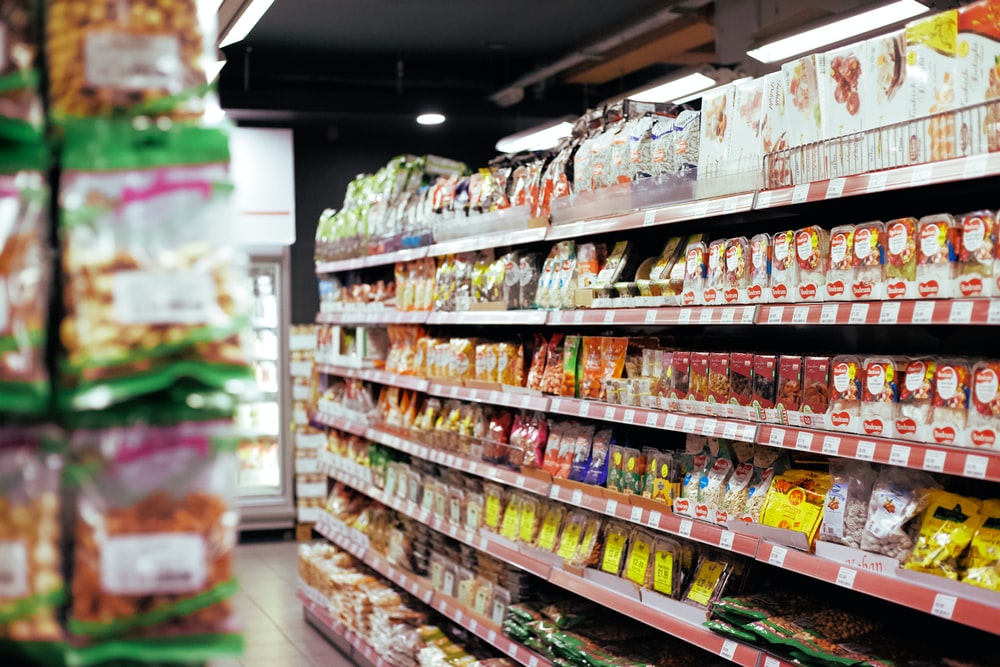COVID-19 AND THE NEW SOCIAL ANXIETY

Milwaukie, OR – Social distancing has provoked a series of uncomfortable feelings in many people and there is a tendency to often hide the discomfort with a sense of protection or lack of tolerance and heightened sense of alert. A normal errand like going to the supermarket that used to be a positive experience now can become a chaotic and angst-creating memory.
Crowded supermarkets can create a sense of lack of personal safety and violation of space. This feeling of fear is a new and unlike anything, we’ve previously experienced. A very simple event such as interacting with a store clerk, normally a common and mundane event, can evoke myriad emotions of anxiety and also trigger an internal conflict when we are unsure whether to engage our natural instinct to be social.
I remember back in early March when many bars and restaurants were open to business; times were different including our interactions with friends and relatives but all that has changed for all with a new dynamic.
Let us for one minute think about social interaction and the benefits for our health; let us think about the advantage of being healthy. If we can change our way to look at social distancing through a lens of positivity we can create positive relationships with ourselves and others.
The feeling of discomfort creates physical and mental tension and ultimately anxiety. This is a different type of anxiety; social anxiety is a mental disorder that causes intense fear, often driven by irrational worries. Someone with social anxiety disorder avoids participation in conversations or public meetings resulting in isolation in many cases.
In this case and because our current situation with Covid 19, the social interactions produce a different anxiety driven by the fear of being sick.
If we can identify our level of discomfort when we interact with people, keeping social distancing then we can interact in a more peaceful manner. Social distancing is important for all of us and represents an opportunity for us to grow strong in a time of fear over the lack of control over other people’s behaviors.
In this new social interaction, we can control the time and the effort that we put in communication with others; we can develop a support network to understand our feelings. We can find new routines, build new family traditions and cope with new situations using our best criteria to reduce this new type of social anxiety.

Leave a comment